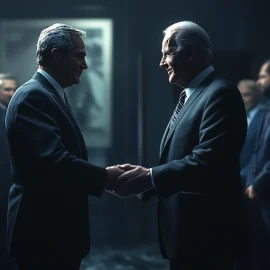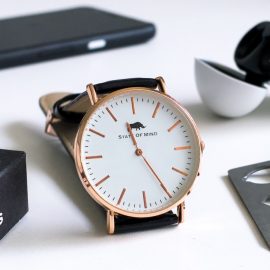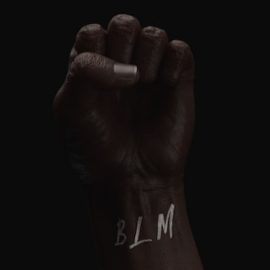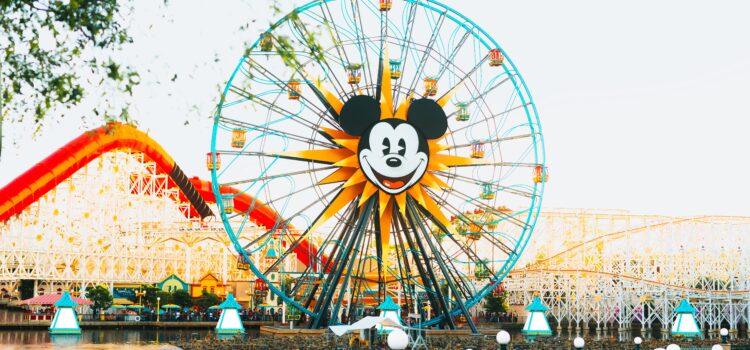
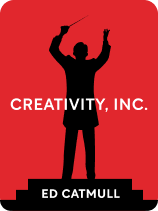
This article is an excerpt from the Shortform book guide to "Creativity, Inc." by Ed Catmull. Shortform has the world's best summaries and analyses of books you should be reading.
Like this article? Sign up for a free trial here .
What happened during the early history of Pixar? How did Pixar’s history shape the company it is now?
Over the course of Pixar history, the company was first owned by Lucasfilm and Steve Jobs. It was eventually sold to Disney in 2005, which is where Pixar remains.
Keep reading for more highlights from the history of Pixar.
Pixar History: Starting Within Lucasfilm
While at Lucasfilm, Catmull gave a group of Disney animators a tour of their facilities and showed off some of their technology. One of the animators, John Lasseter, was fascinated by the innovations and told Catmull that he had an idea for a film. The film, which he was planning on pitching to Disney, was called The Brave Little Toaster and would require the use of computer animation. He asked Catmull if they’d be able to work together to make this happen, and Catmull agreed.
After being let go from Disney for being “too ambitious,” Lasseter ran into Catmull at a conference and asked if he could join Lucasfilm. Catmull agreed and was thrilled to have a true “storyteller” on their team.
The Pixar Name
One of the first major issues Catmull’s department at Lucasfilm addressed was “blue-screen matting,” in which an image could be digitally layered onto another image to create the illusion of environment (for example, a biker in front of a blue-screen could be added to a clip of an earthquake ripping up a road, creating the image of the biker speeding away from impending danger). Historically, editors had to physically doctor the physical film frame by frame to create effects of this nature, but Catmull and Smith wanted to create a computer program that would speed up the process.
After four years of work, the department created the technology and named it the “Pixar Imaging Computer.” The name “Pixar” came from a combination of two pitched names: Pixer (a fake Spanish verb created by Smith meaning “to make pictures”) and Radar (which another associate thought sounded more high-tech). This name would go on to become the title of their division at Lucasfilm and, eventually, the name of the iconic animation studio. While the computer didn’t last, the creation of the name is obviously an important part of Pixar history.
In 1983, Lucas divorced his wife, Marcia. The divorce put Lucsasfilm in a precarious financial situation. Lucas decided to sell Pixar to save money and keep Lucasfilm afloat. Though Catmull and Smith were a bit uneasy because of Jobs’s forceful personality, they eventually agreed to the deal. After negotiations, Jobs purchased Pixar for $5 million in February 1986, and the company “Pixar” was born.
Pixar History: Evolving as an Independent Company
At the beginning of its life as an independent company, Pixar struggled financially and was torn between its identity as a computer company selling products and an animation studio producing films. Jobs had never marketed high-tech machines like the Pixar Imaging Computer, and neither Catmull nor his colleagues had ever run a company before. Catmull tried to better his managerial skills by reading books but found most of them to be shallow and useless.
In the beginning of the history of Pixar as an organization, Pixar was just as focused on selling the Pixar Imaging Computer as it was on creating animated films. In an attempt to run the product division effectively, Catmull sought advice from his friends in Silicon Valley. Unfortunately, this advice turned out to be ineffective and, sometimes, actively hurt the company, and Catmull learned there are no simple answers to complex problems.
For example, when considering how he should price the Pixar Imaging Computer, he turned to the presidents of Sun and Silicon Graphics. They suggested that he start with a high number, arguing that it was easier to bring the price down than to raise it. However, when Catmull took their advice and asked for $122,000 per unit, they failed to move products. Even when they lowered the price, Pixar was stuck with the stigma of being “overpriced.”
Toy Story and the Rise of Pixar
Fortunately, Pixar’s shorts had gotten the attention of major studios including the biggest name in animated films: Disney. After back-and-forth negotiations, Pixar agreed to a three-picture deal with Disney and started work on their first feature film: Toy Story. This is a critical part of Pixar history as Toy Story is synonymous with Pixar.
Toy Story was Lasseter’s brainchild. He assembled a team of creators and got to work on the film. Though there were some obstacles during the production process, the team created a stellar film that exceeded expectations. Toy Story smashed box office records and helped Pixar’s IPO raise almost $140 million for the company (the largest IPO of 1995). Pixar was on the rise and now had the funds to ensure its continued success.
Following the monumental success of Toy Story, many on the Pixar team expressed pride in having created such an acclaimed and important piece of cinema. Catmull, however, didn’t share in this excitement. Though he was immensely happy with Toy Story and its reception, he had a new obstacle on his mind: maintaining momentum. Toy Story set the bar extremely high, and Catmull wanted Pixar to continue to meet and exceed expectations.
Becoming Part of Disney
In 2005, Jobs told Catmull and Lasseter that he was considering selling Pixar to Disney. This shocked the Pixar leaders because, at the time, Pixar and Disney had hit a rough patch. However, leadership at Disney had recently changed, and the new CEO, Bob Iger, wanted to bring Pixar back into the fold. Disney Animation had been struggling for years, and Iger believed that Catmull and Lasseter could reinvigorate the organization by leading both Pixar and Disney Animation. Iger assured them that Pixar would maintain its autonomy and its company culture.
Ultimately, Jobs gave the decision to Catmull and Lasseter. During negotiations, Catmull drafted a lengthy list of demands that ensured Pixar’s culture wouldn’t be impacted after being bought by a massive entertainment studio such as Disney. These demands ranged from keeping a “no assigned parking” rule to ensuring that Pixar leadership could still distribute bonuses following box office success. In addition to these demands, Catmull insisted that Pixar remain separate from Disney Animation Studios with each company working on their own projects. Once these safeguards were established, Catmull and Lasseter agreed to sell Pixar to Disney.

———End of Preview———
Like what you just read? Read the rest of the world's best book summary and analysis of Ed Catmull's "Creativity, Inc." at Shortform .
Here's what you'll find in our full Creativity, Inc. summary :
- How Pixar went from selling computers to successful animation studio
- What it takes to build a creative workplace culture
- Why George Lucas sold Pixar to Steve Jobs

